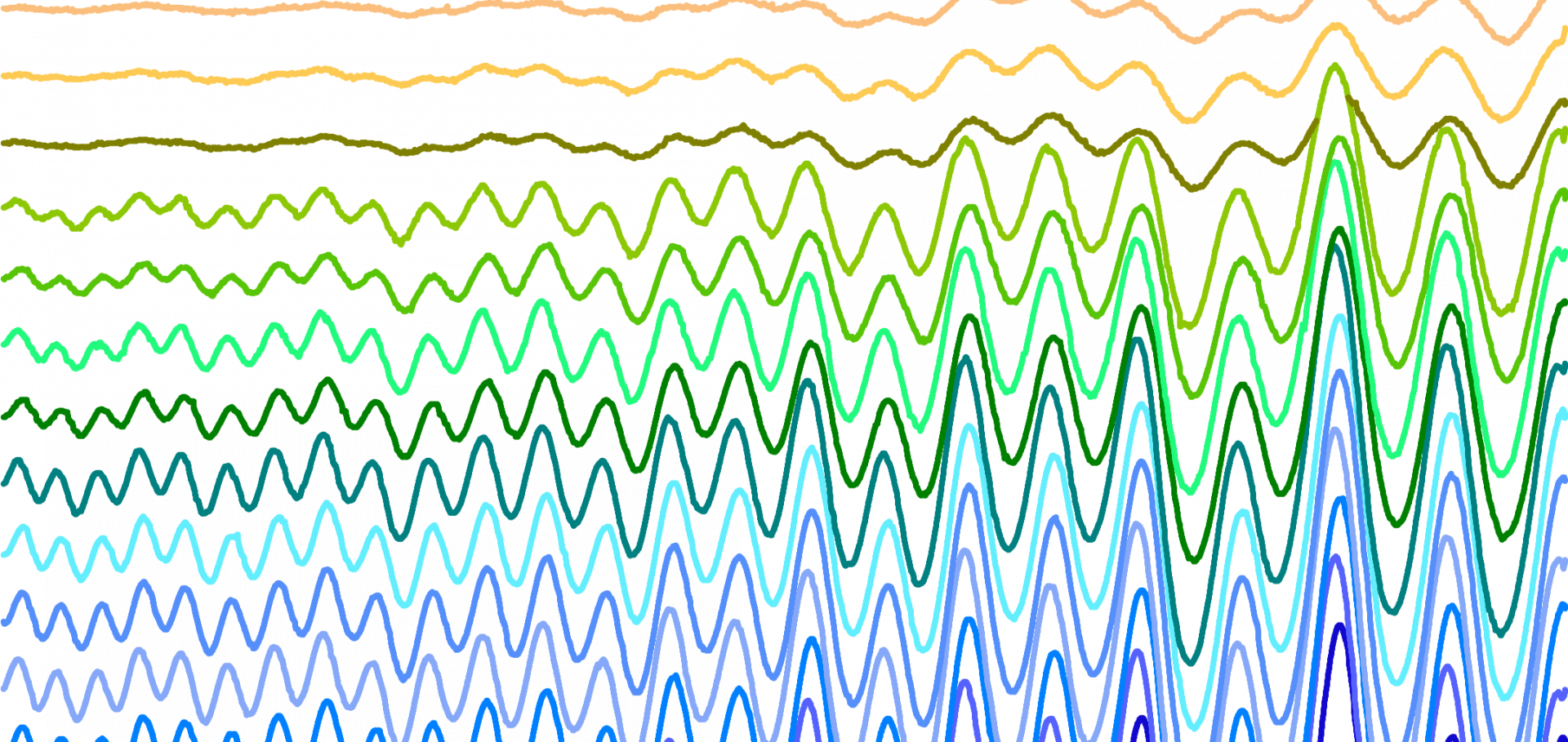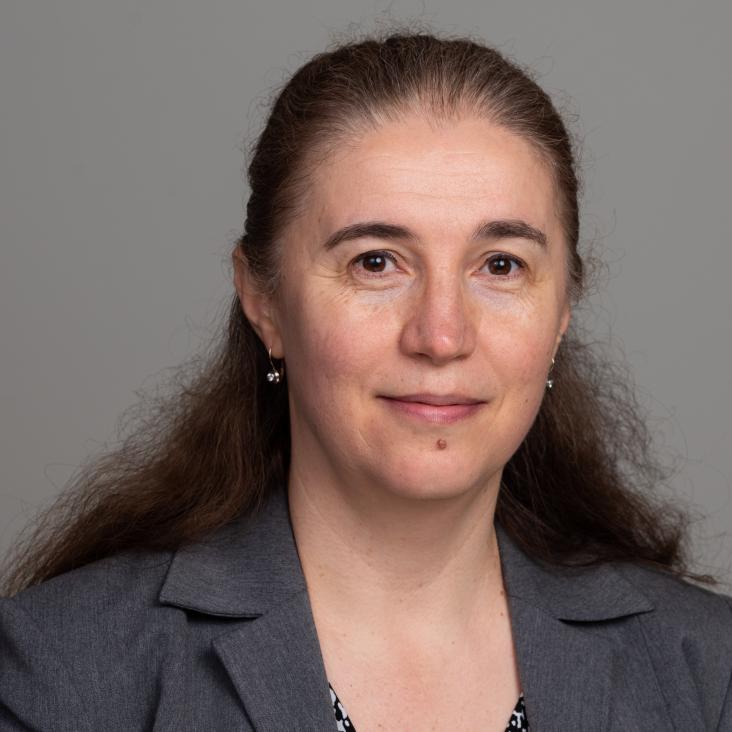Electronic nematic states tuned by isoelectronic substitution in bulk FeSe1-xSx
Suppression of superconductivity and enhanced critical field anisotropy in thin flakes of FeSe
Abstract:
FeSe is a unique superconductor that can be manipulated to enhance its superconductivity using different routes while its monolayer form grown on different substrates reaches a record high temperature for a two-dimensional system. In order to understand the role played by the substrate and the reduced dimensionality on superconductivity, we examine the superconducting properties of exfoliated FeSe thin flakes by reducing the thickness from bulk down towards 9 nm. Magnetotransport measurements performed in magnetic fields up to 16T and temperatures down to 2K help to build up complete superconducting phase diagrams of different thickness flakes. While the thick flakes resemble the bulk behaviour, by reducing the thickness the superconductivity of FeSe flakes is suppressed. In the thin limit we detect signatures of a crossover towards two-dimensional behaviour from the observation of the vortex-antivortex unbinding transition and strongly enhanced anisotropy. Our study provides detailed insights into the evolution of the superconducting properties from three-dimensional bulk behaviour towards the two-dimensional limit of FeSe in the absence of a dopant substrate.Competing pairing interactions responsible for the large upper critical field in a stoichiometric iron-based superconductor CaKFe4As4
Abstract:
The upper critical field of multiband superconductors is an important quantity that can reveal details about the nature of the superconducting pairing. Here we experimentally map out the complete upper-critical-field phase diagram of a stoichiometric superconductor, CaKFe4As4, up to 90 T for different orientations of the magnetic field and at temperatures down to 4.2K. The upper critical fields are extremely large, reaching values close to ∼3 Tc at the lowest temperature, and the anisotropy decreases dramatically with temperature, leading to essentially isotropic superconductivity at 4.2K. We find that the temperature dependence of the upper critical field can be well described by a two-band model in the clean limit with band-coupling parameters favoring intraband over interband interactions. The large Pauli paramagnetic effects together with the presence of the shallow bands is consistent with the stabilization of an FFLO state at low temperatures in this clean superconductor.


